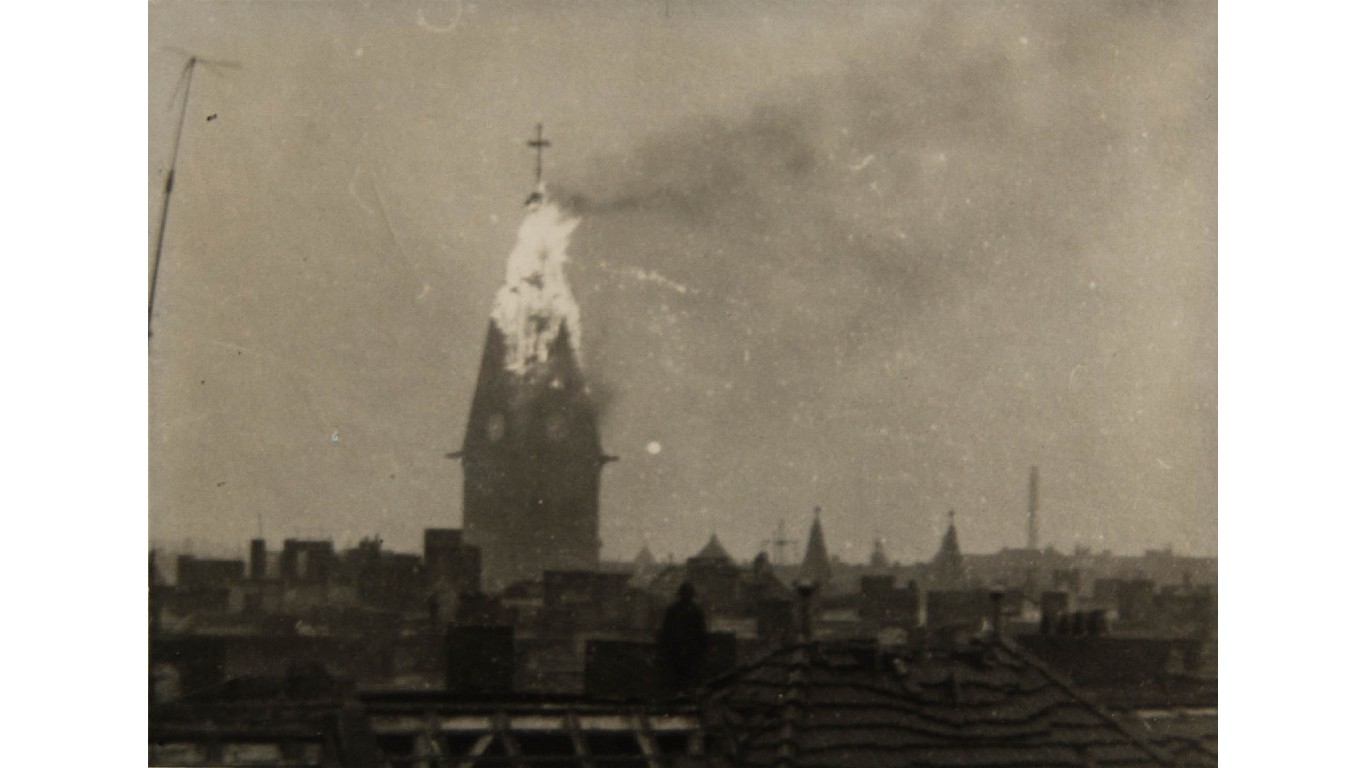
The terror of aerial bombardment was nothing new to the world when Germany invaded Poland in 1939, in effect starting World War II. In 1935, Italian planes had killed Red Cross workers in Ethiopia in an aerial attack. Two years later, Fascist planes bombed the Spanish city of Guernica in 1937, serving as the inspiration for Pablo Picasso’s anti-war mural of the same name. In 1938, Japan began the first of its 268 air raids against Chongqing in China. Unfortunately for the world, these incidents were just horrifying previews of the staggering scale of destruction unleashed from the air during World War II.
To compile the biggest bombing raids of World War II by number of planes involved, 24/7 Tempo turned to sources including the websites of the Royal Air Force and the U.S. Naval Institute, as well as War History Online, the BBC, and Britannica. We included raids in which at least 500 confirmed planes were involved. Some of these raids included on our list were part of an overall mission such as the Battle of Berlin conducted by the Royal Air Force. Certain raids such as the German terror bombing of Rotterdam or Japan’s attack on various Chinese cities are not on the list either because too few planes were involved or the information on these raids was not complete.
Between 1940 and 1945, U.S. and British air forces dropped 2.7 million tons of bombs on Europe. Most of that fell on Germany. When the Third Reich bowed to inevitable defeat in May 1945, its total infrastructure had been demolished. Berlin was the most bombed city in the European theater of war, and the firebombing of Dresden continues to be a painful controversy. (These are the cities destroyed by the U.S.A. in World War II.)
The Pacific air war was no less appaling. About 700,000 tons of bombs fell on Japan, almost entirely dropped by the United States, virtually wiping out every major Japanese city – even before the atomic bombs destroyed Hiroshima and Nagasaki. (Here’s a list of the most powerful nuclear explosions in history.)
As many as 600,000 Germans and 500,000 Japanese civilians were killed by aerial bombing. Axis bombing claimed the lives of 500,000 Soviet civilians, 67,000 French, and almost 61,000 British.
We live with the consequences of aerial bombardment to this day. In February 2023, an ordnance team defused a WWII bomb in Kaiserslautern, Germany. That same month, a World War II bomb exploded in the English town of Great Yarmouth as workers attempted to defuse it.
Click here to see WWII bombings that involved the most planes.
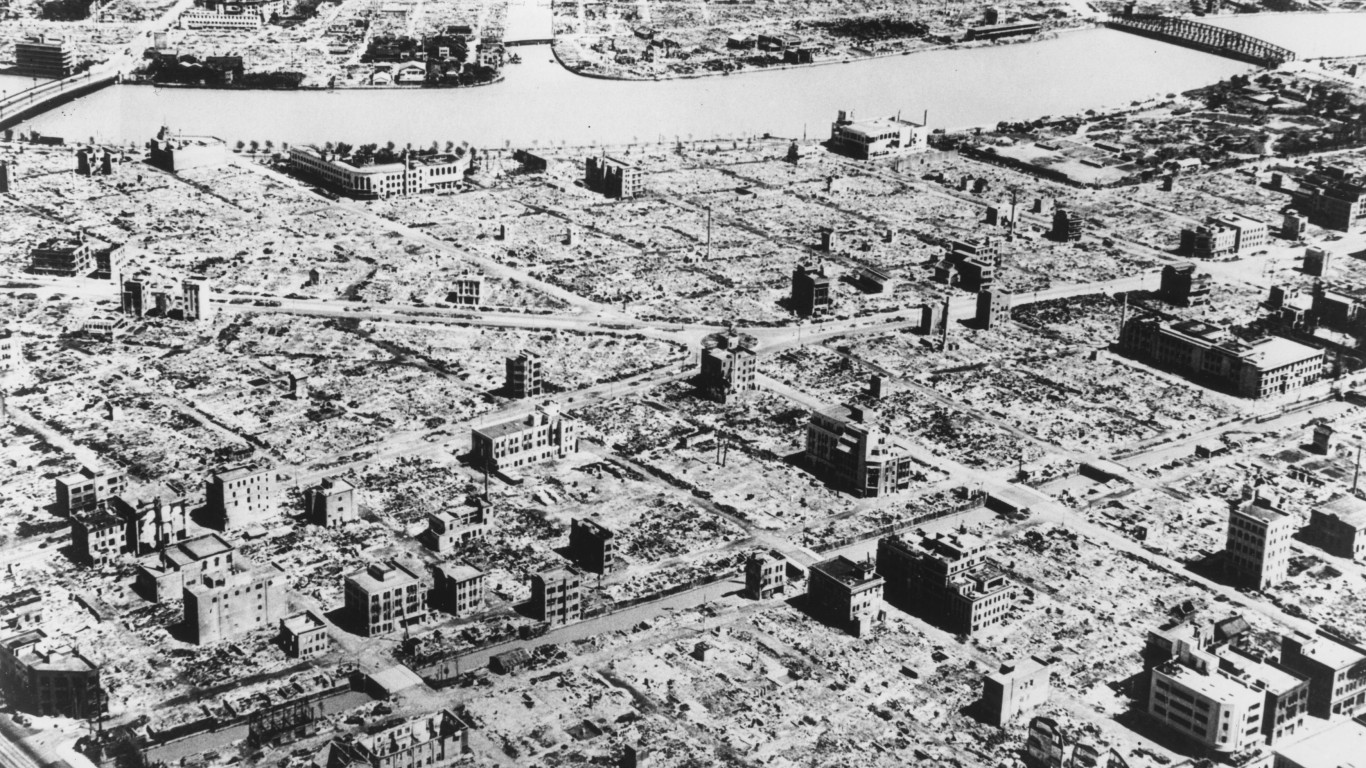
30. May 25, 1945
> Number of planes involved: 502
> Combatants: United States and Japan
> Main target: Tokyo
> Result: B-29s destroyed 16.8 square miles of the city’s central area, including the headquarters of several key government ministries
[in-text-ad]
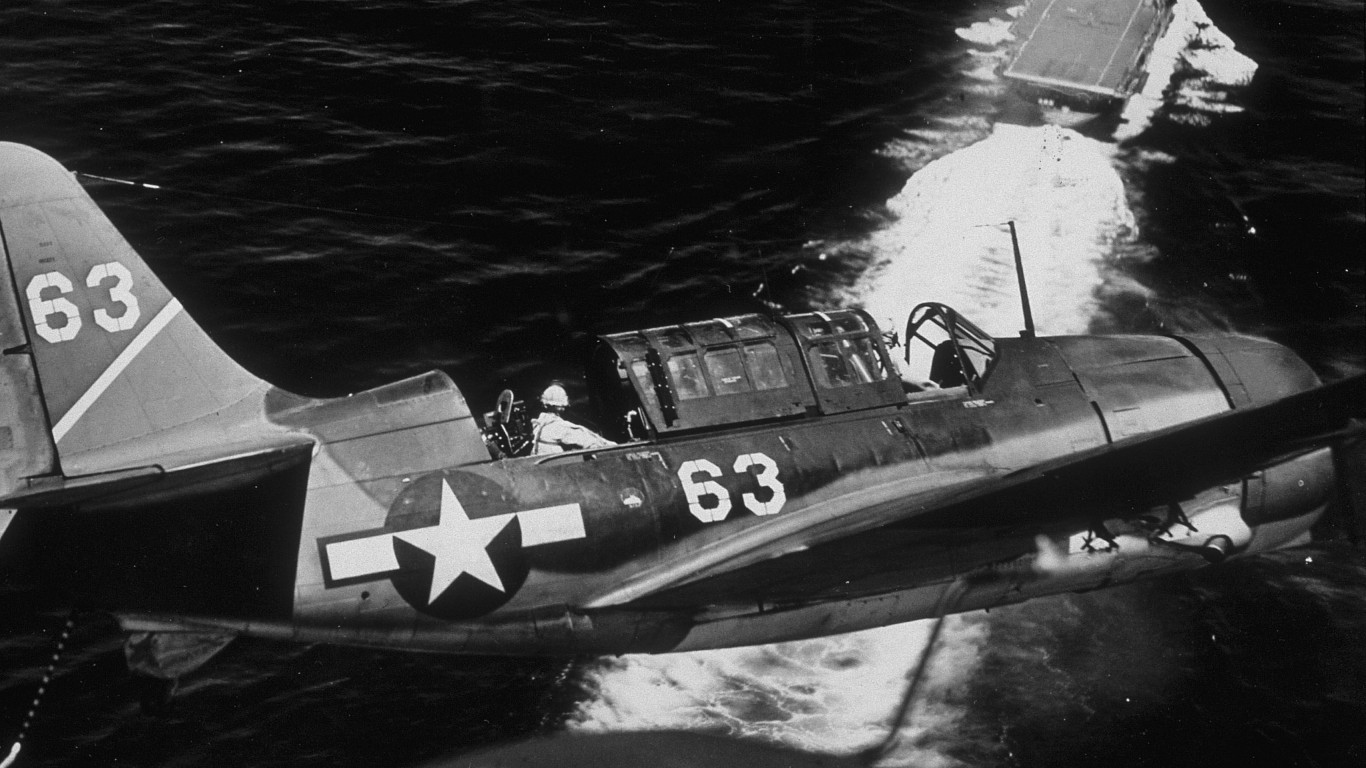
29. June 26, 1945
> Number of planes involved: 510
> Combatants: United States and Japan
> Main targets: Southern Honshu and Shikoku
> Result: Heavy clouds over the region meant that many planes attacked targets of opportunity individually or in small groups, and little damage was done to the raid’s intended targets

28. Nov. 14, 1940
> Number of planes involved: 515
> Combatants: Germany and Great Britain
> Main target: Coventry
> Result: 515 German Heinkel He 111s devastated the British city of Coventry, a major center of the defense industry, destroying 4,330 houses as well as the railway, communications facilities, and three-quarters of all factories
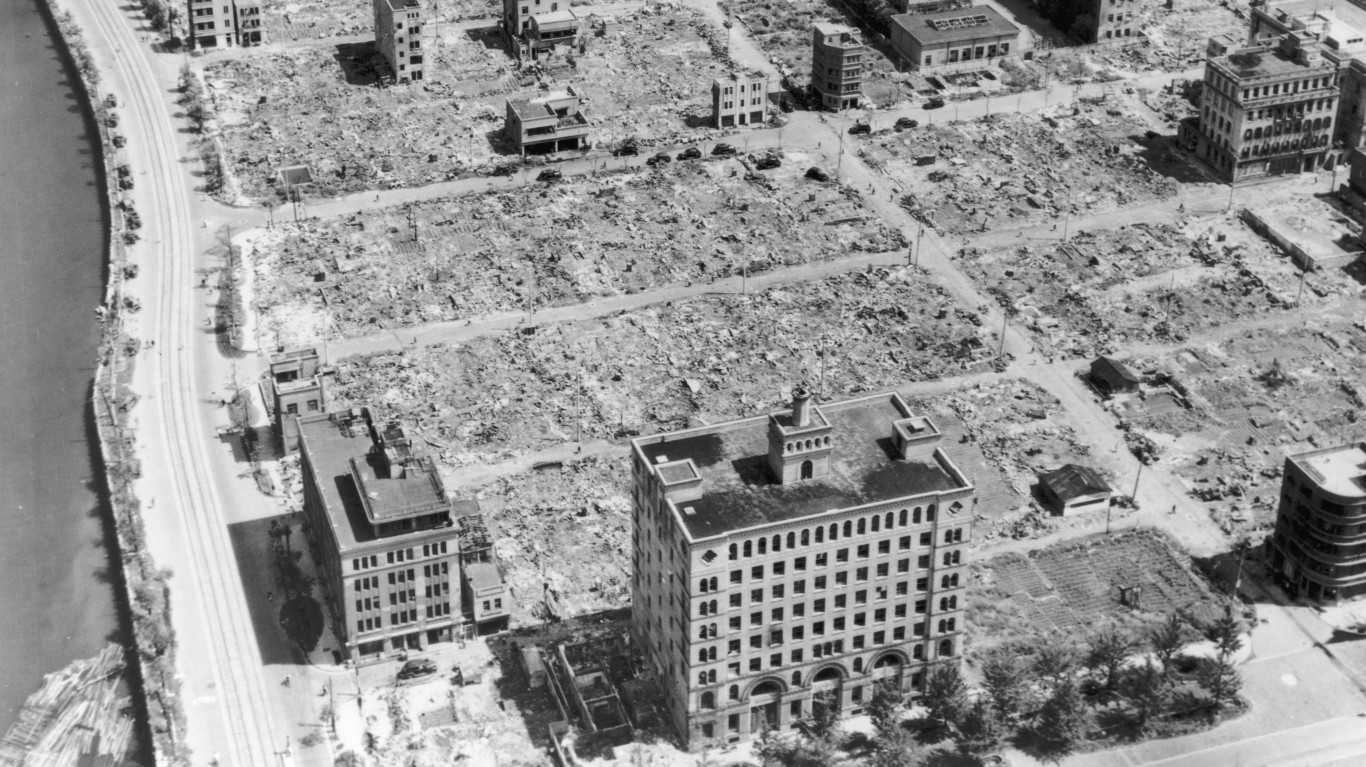
27. May 23, 1945
> Number of planes involved: 520
> Combatants: United States and Japan
> Main target: Tokyo
> Result: B-29s destroyed 5.3 square miles of southern Tokyo with 17 aircraft lost
[in-text-ad-2]
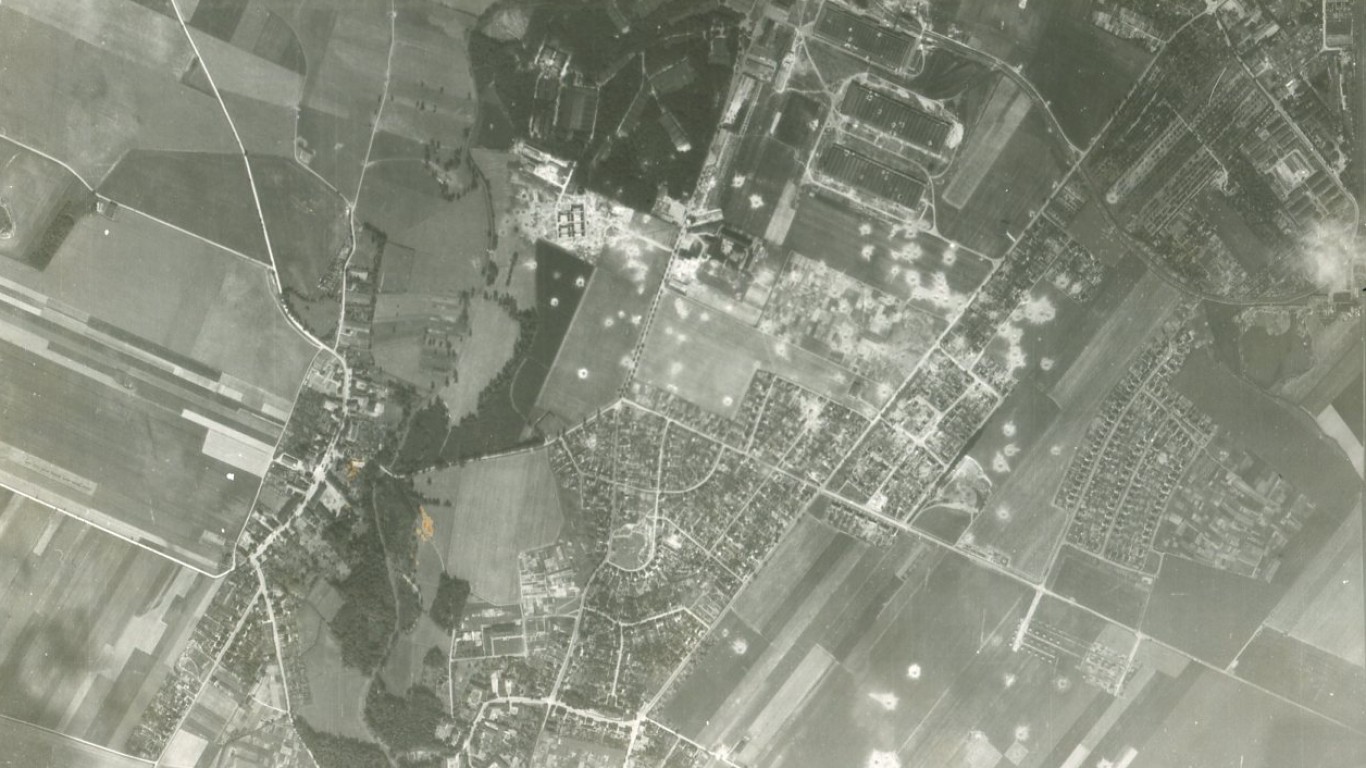
26. Dec. 2-3, 1943
> Number of planes involved: 527
> Combatants: Allies and Germany
> Main target: Berlin
> Result: Crosswinds scattered the Allied planes and some 8.7% of the force was lost; bombs failed to hit many targets, but some railyards and factories were damaged
25. Jan. 27-28, 1944
> Number of planes involved: 530
> Combatants: Allies and Germany
> Main target: Berlin
> Result: Little damage was done to the city but 33 Lancaster bombers were lost
[in-text-ad]

24. Jan. 30-31,1944
> Number of planes involved: 534
> Combatants: Allies and Germany
> Main target: Berlin
> Result: Minor damage to the city, but 33 bombers were lost

23. Feb. 20-21, 1944
> Number of planes involved: 598
> Combatants: Allies and Germany
> Main target: Stuttgart
> Result: Stuttgart sustained some damage, with nine aircraft lost; at the same time, Allied planes attacked Munich and airfields in the Netherlands and mined several French ports
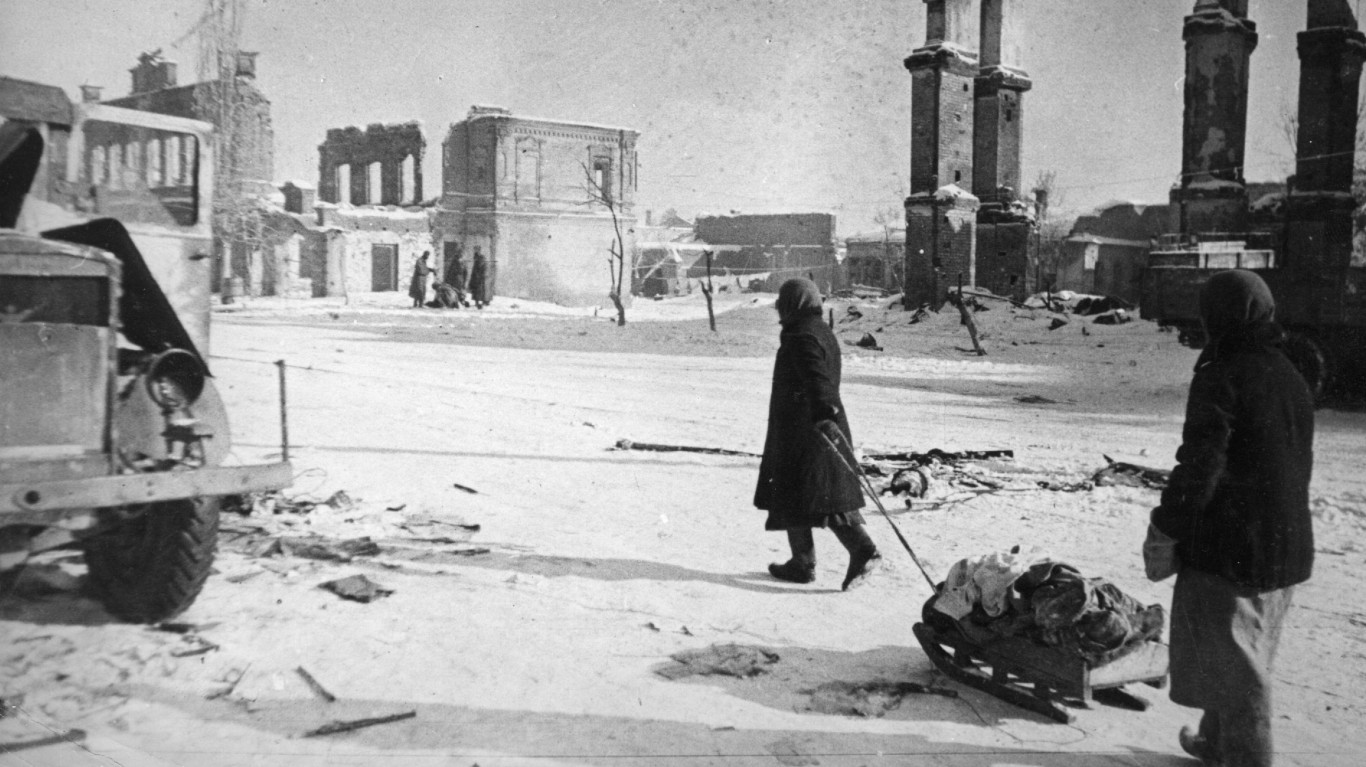
22. Aug. 23, 1942
> Number of planes involved: 600
> Combatants: Germany and Soviet Union
> Main target: Stalingrad
> Result: The relentless German attack on this key Russian city on Volga River reduced it to rubble
[in-text-ad-2]

21. July 24, 1945
> Number of planes involved: 625
> Combatants: United States and Japan
> Main targets: Nagoya and Osaka
> Result: Four factories suffered heavy damage; cloudy weather prevented any further precision attacks in the last weeks of the war

20. July 31-Aug. 1, 1942
> Number of planes involved: 630 aircraft
> Combatants: Allies and Germany
> Main targets: Düsseldorf and suburbs
> Result: 484 aircraft claimed bombing success, though photographs showed that part of the force bombed open country
[in-text-ad]
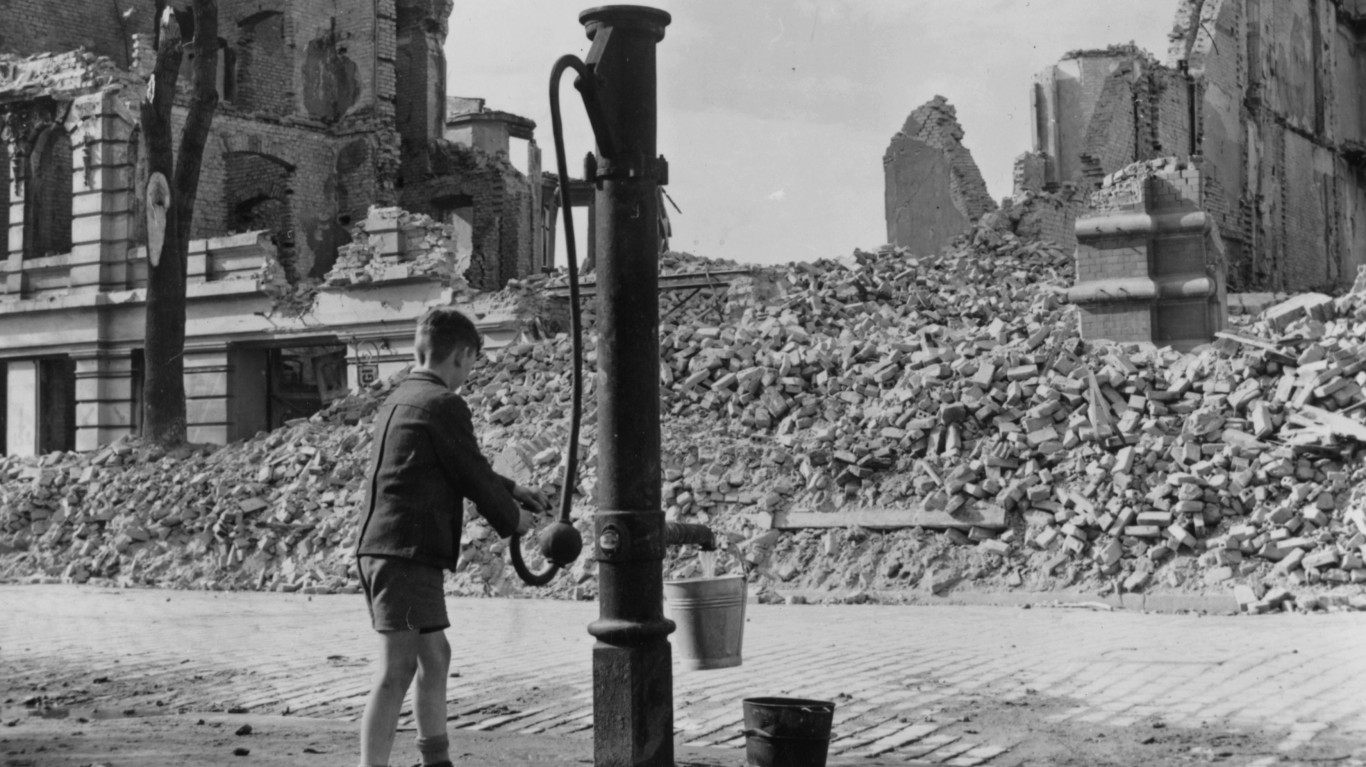
19. Jan. 21-22, 1944
> Number of planes involved: 648
> Combatants: Allies and Germany
> Main target: Magdeburg
> Result: The attack failed to identify the target, and little damage was done
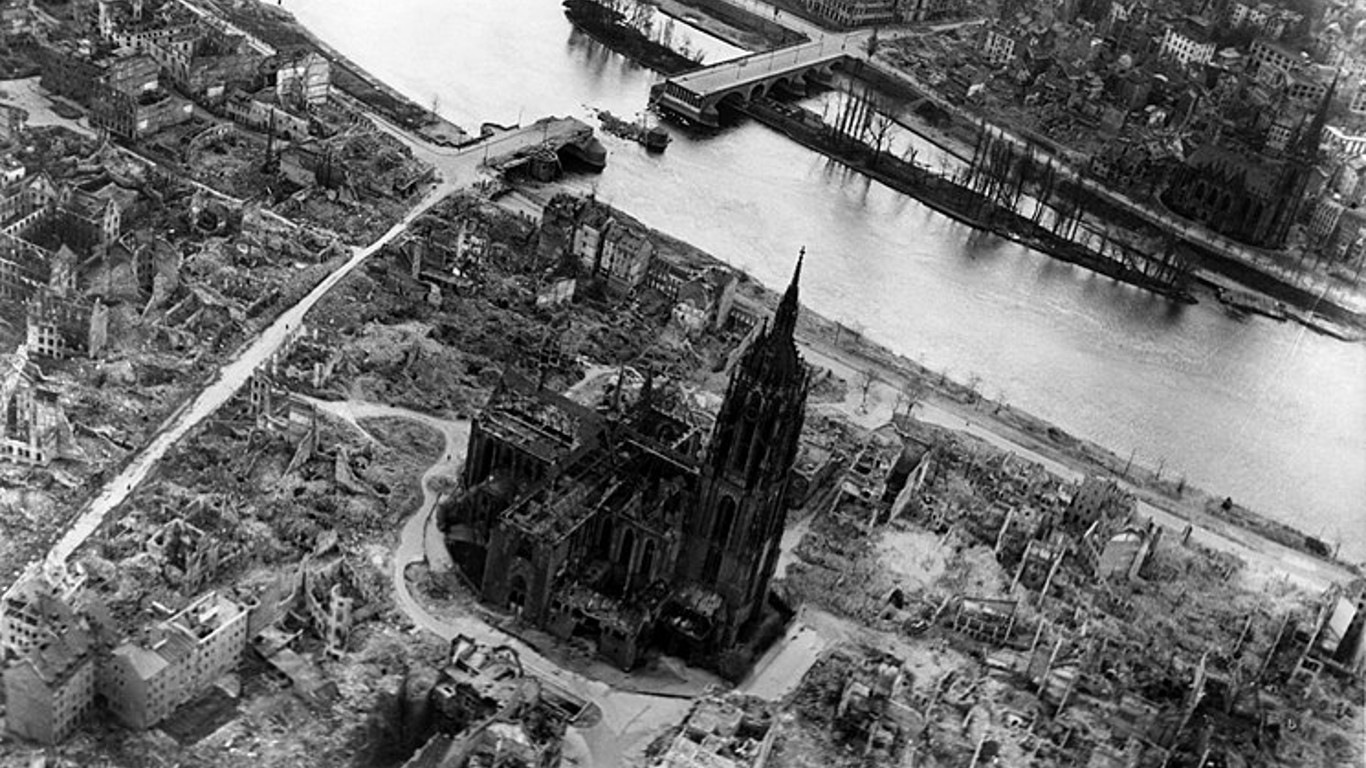
18. Dec. 20-21, 1943
> Number of planes involved: 650
> Combatants: Allies and Germany
> Main targets: Frankfurt and Mannheim
> Result: German decoy strategies were effective, but both cities suffered some damage – but 41 Allied aircraft were lost
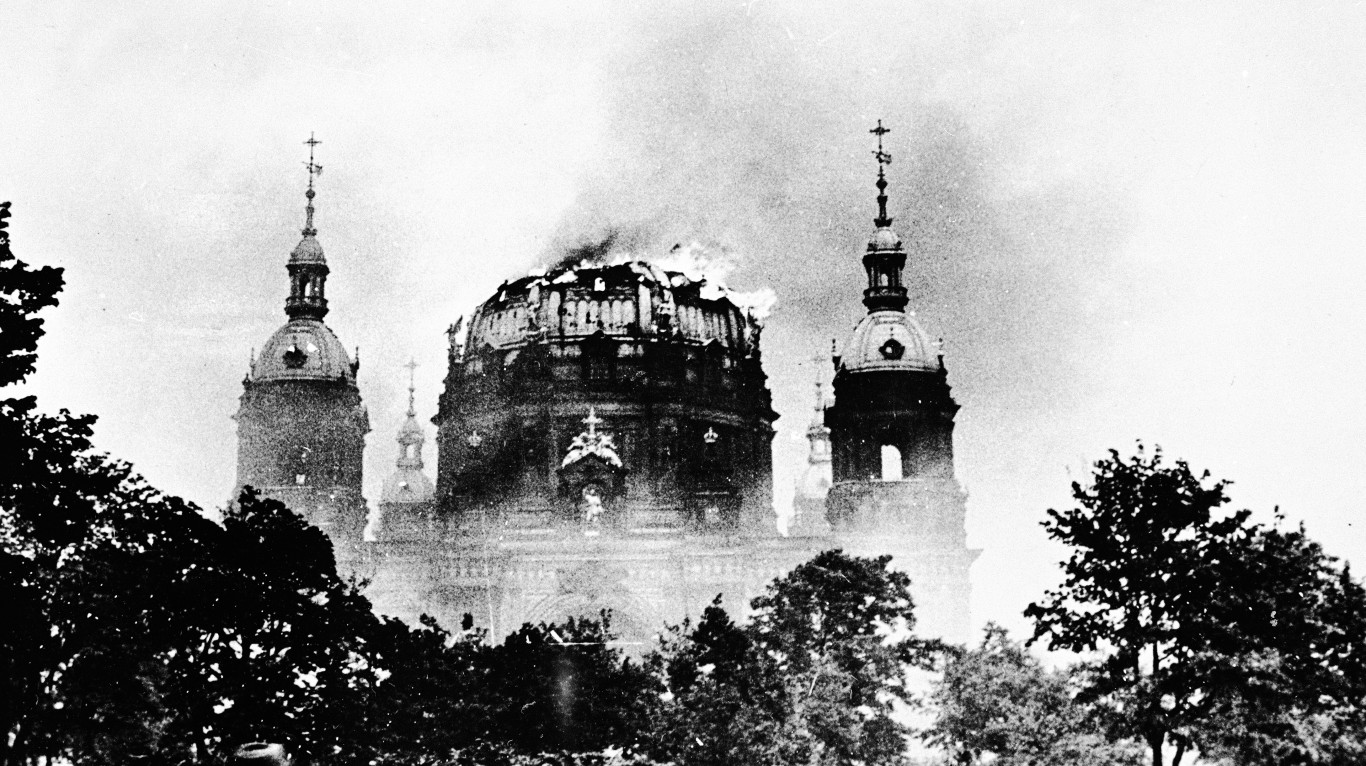
17. Jan. 28-29, 1944
> Number of planes involved: 677
> Combatants: Allies and Germany
> Main target: Berlin
> Result: Western and southern parts of the city were hit in this concentrated RAF attack during the Battle of Berlin and some 77 targets outside the city were hit – though 46 aircraft were shot down
[in-text-ad-2]
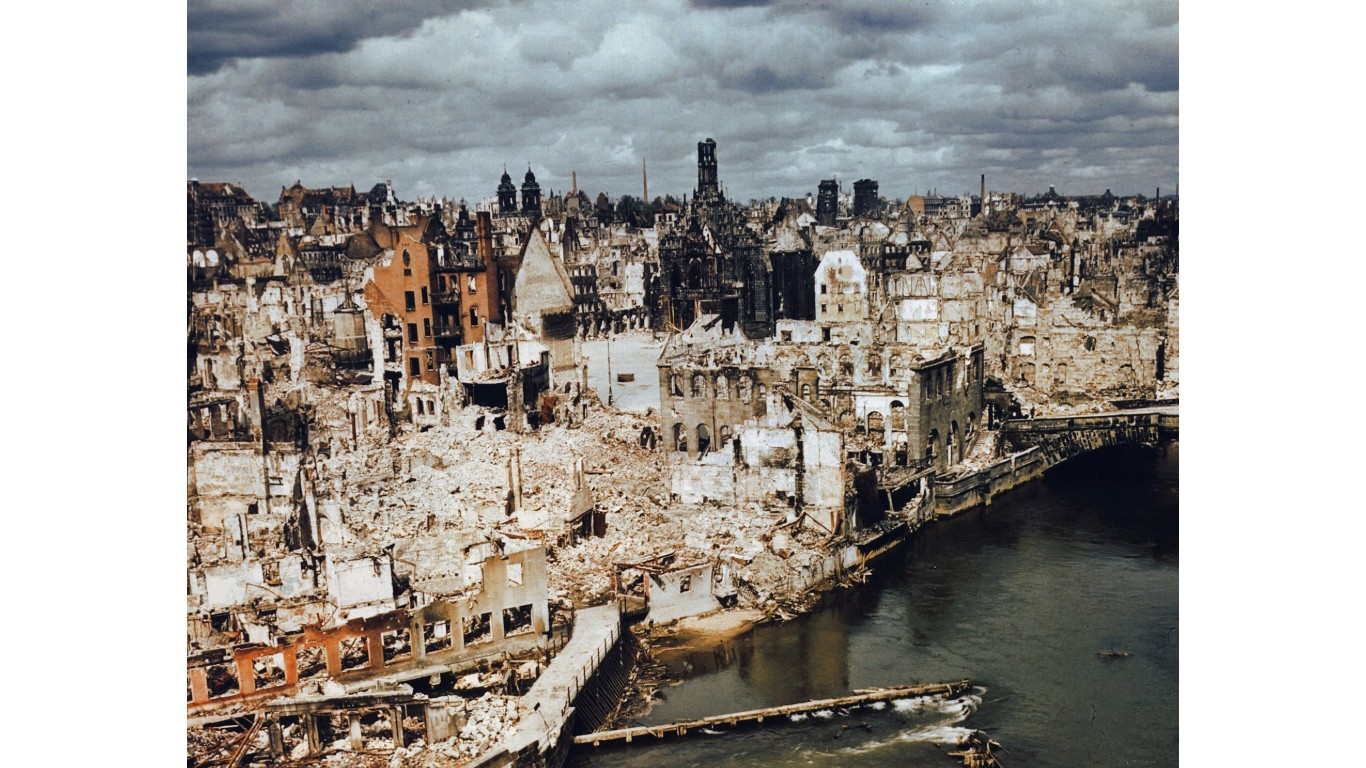
16. March 30, 31, 1944
> Number of planes involved: 705
> Combatants: Allies and Germany
> Main target: Nuremberg
> Result: Clear weather worked in favor of the Luftwaffe, which claimed 82 planes before they reached Nuremberg and another 13 as they returned; it was the costliest RAF Bomber Command mission of the war and ended the Battle of Berlin
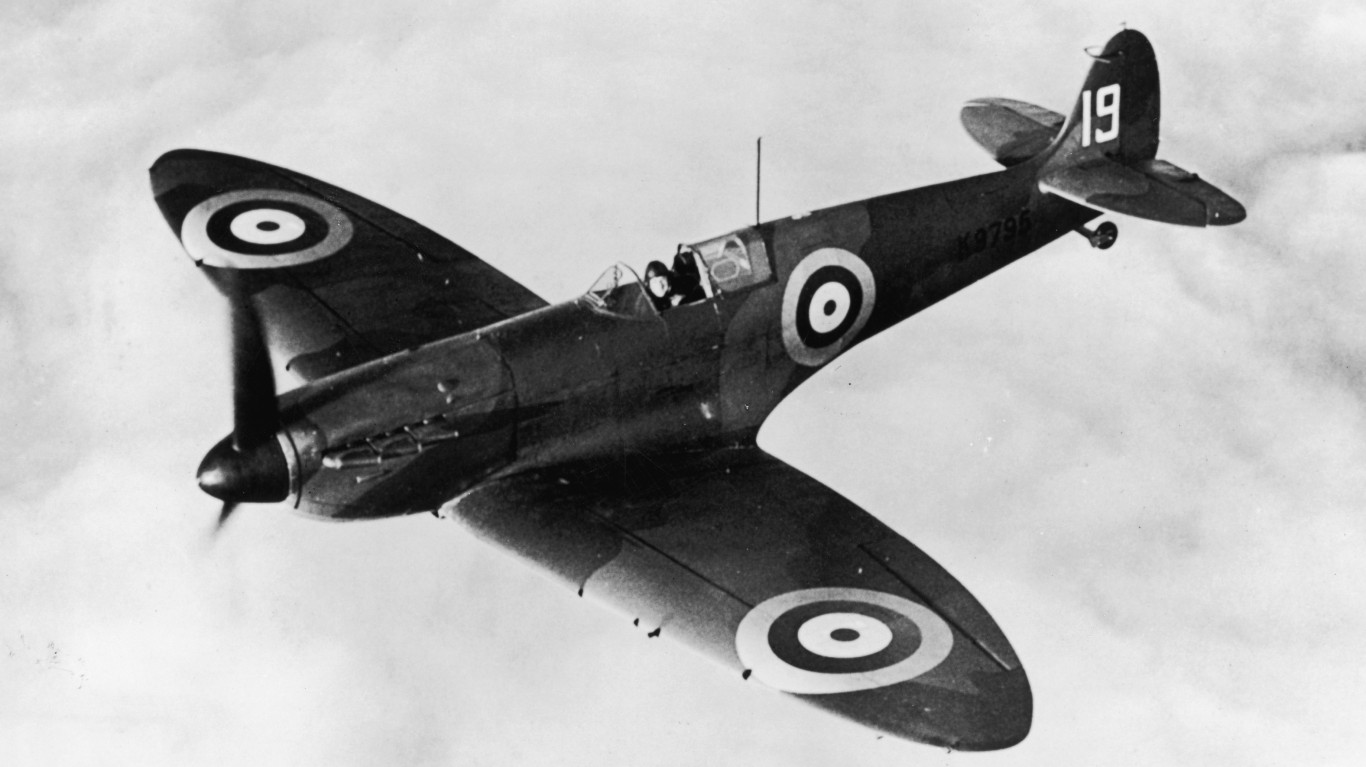
15. Dec. 29-30, 1943
> Number of planes involved: 712
> Combatants: Allies and Germany
> Main target: Berlin
> Result: Cloud cover frustrated the RAF in this sortie during the Battle of Berlin and little damage was caused
[in-text-ad]
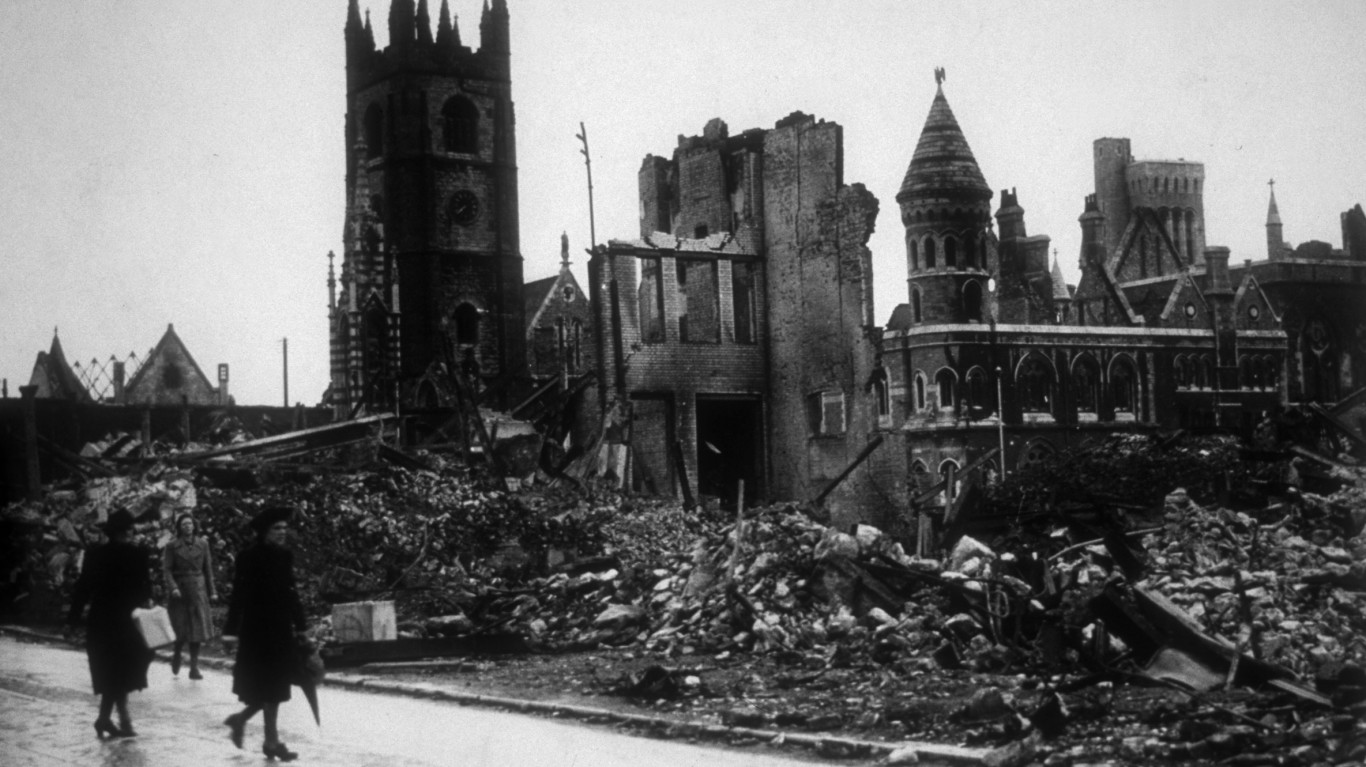
14. April 19-20, 1941
> Number of planes involved: 712
> Combatants: Germany and Great Britain
> Main target: Plymouth
> Result: In celebration of Hitler’s birthday, the Luftwaffe attacked Plymouth with a record 1,000 tons of bombs
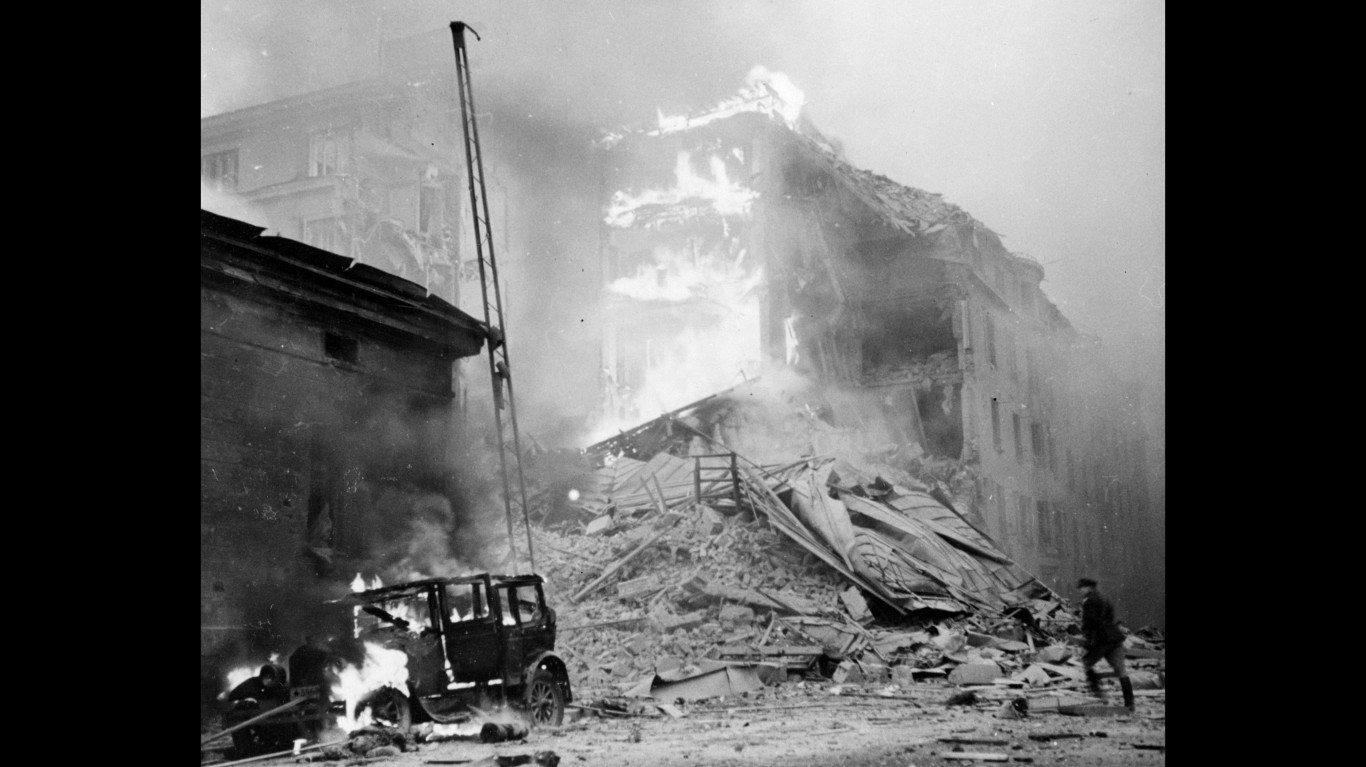
13. Feb. 6-7, 1944
> Number of planes involved: 730
> Combatants: Soviet Union and Finland
> Main target: Helsinki
> Result: Damage and casualties were limited; most of population evacuated the capital
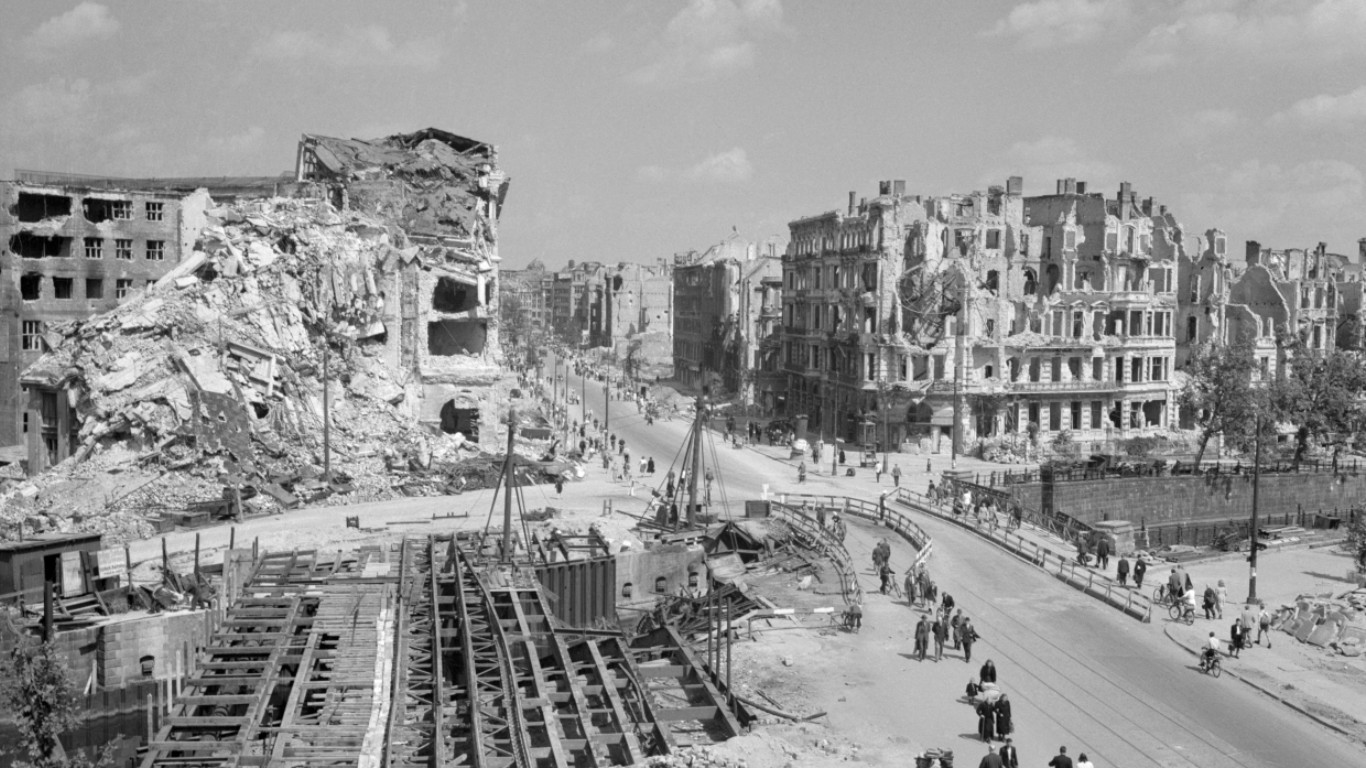
12. Nov. 22-23, 1943
> Number of planes involved: 764
> Combatants: Allies and Germany
> Main target: Berlin
> Result: Most of the damage in this raid early in the Battle of Berlin was to the residential areas west of the city center; firestorms started due to dry weather, and there was some looting and panic among the population
[in-text-ad-2]
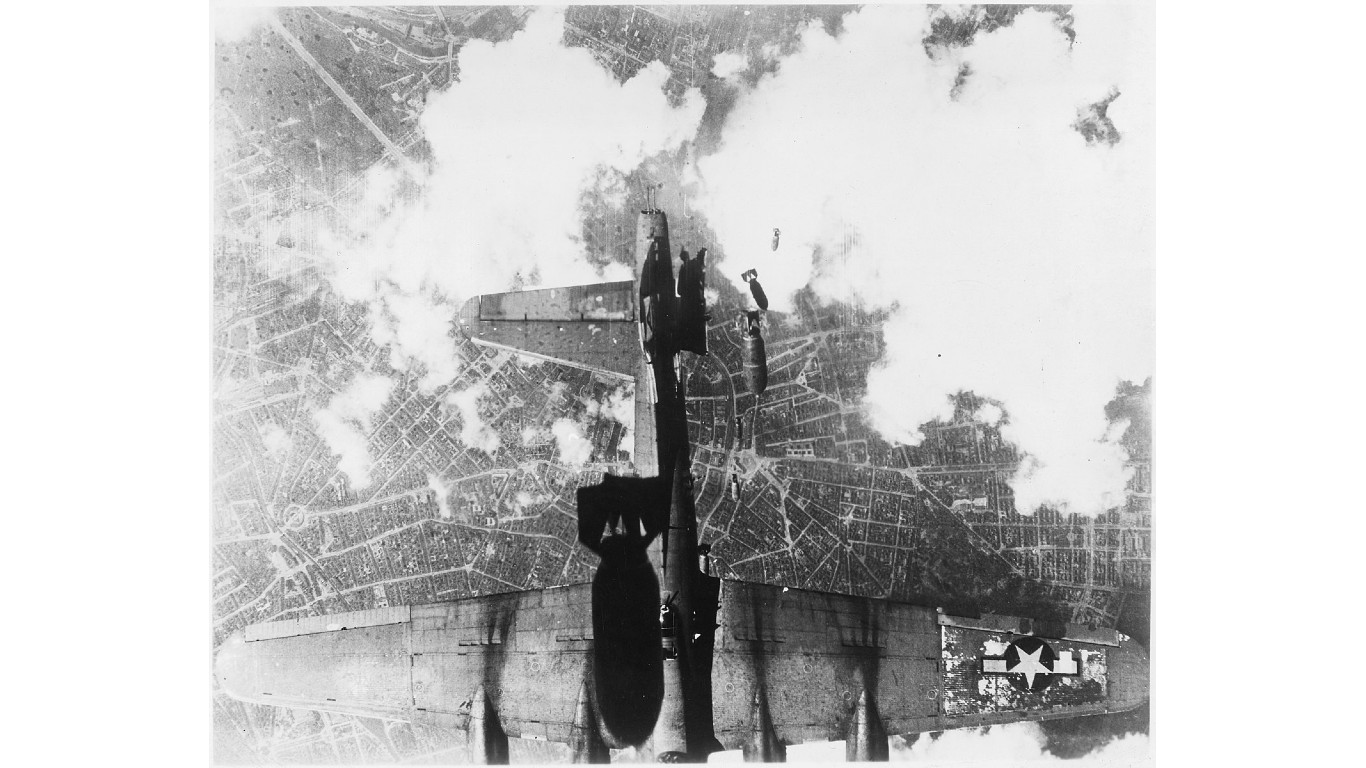
11. Jan. 20-21, 1944
> Number of planes involved: 769
> Combatants: Allies and Germany
> Main target: Berlin
> Result: The attack, part of the Battle of Berlin, failed to find its targets, and little damage was done

10. Feb. 19-20, 1944
> Number of planes involved: 823
> Combatants: Allies and Germany
> Main target: Leipzig
> Result: RAF lost 8.6% of its force, the greatest casualty rate to that point
[in-text-ad]
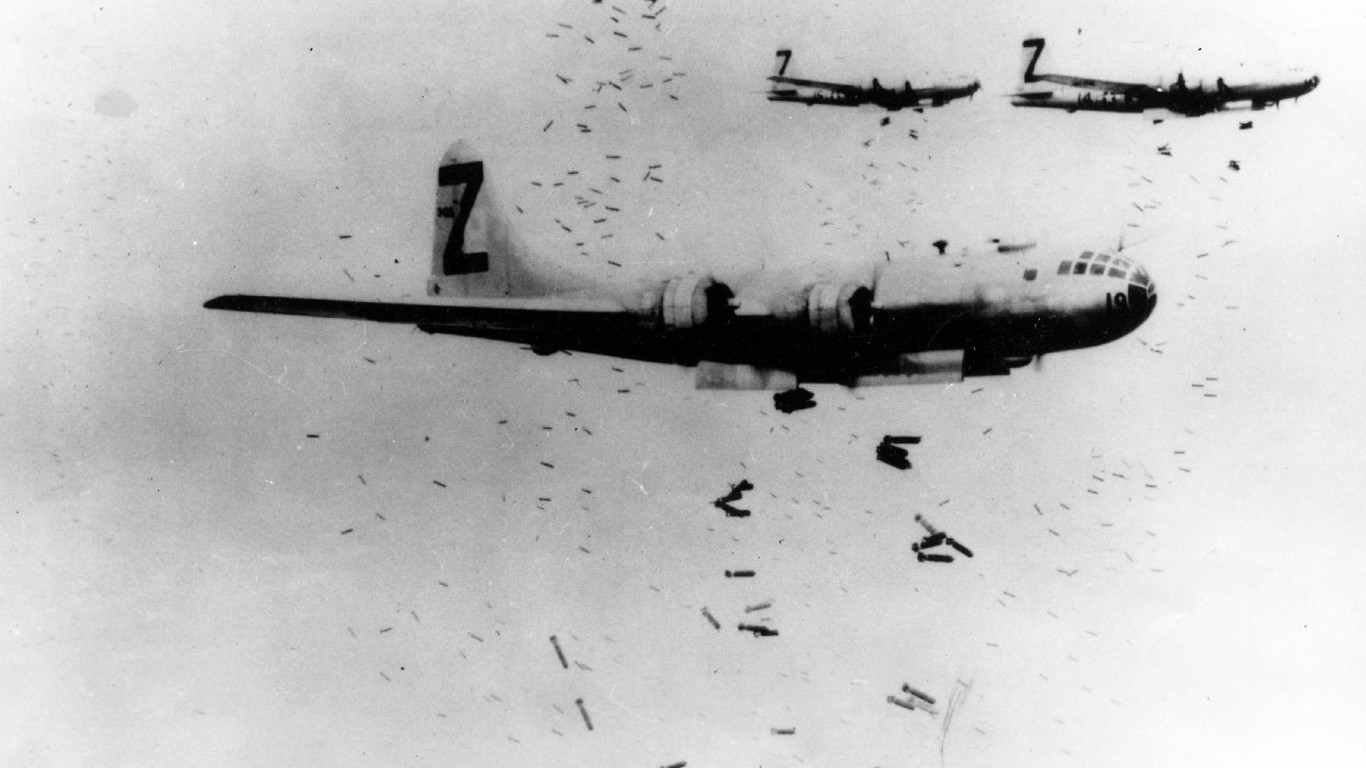
9. Aug. 1, 1945
> Number of planes involved: 836
> Combatants: United States and Japan
> Main targets: Hachiōji, Mito, Nagaoka, and Toyama
> Result: B-29s dropped 6,145 tons of bombs and mines
8. Feb. 15-16, 1944
> Number of planes involved: 891
> Combatants: Allies and Germany
> Main target: Berlin
> Result: Important industries hit in the RAF’s largest air attack of the war, part of the Battle of Berlin
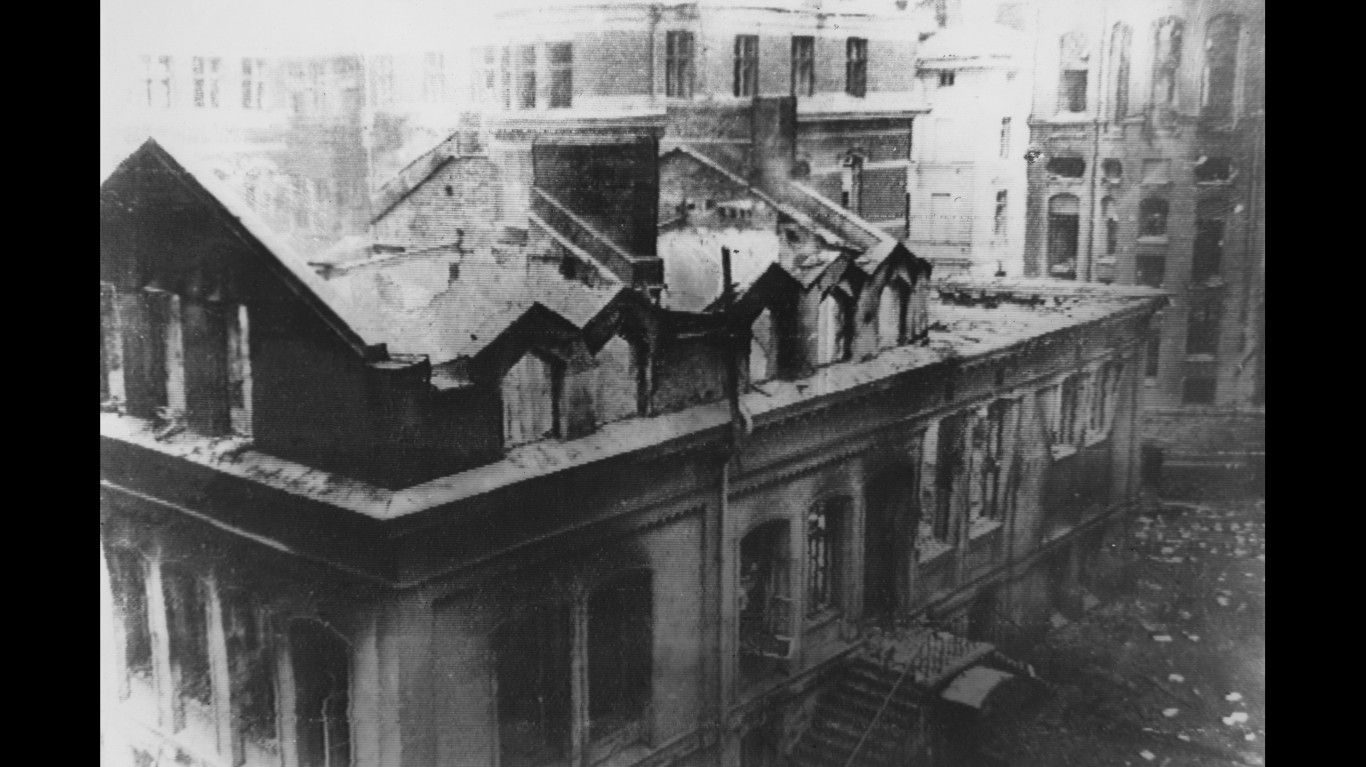
7. Feb. 26-27, 1944
> Number of planes involved: 896
> Combatants: Soviet Union and Finland
> Main target: Helsinki
> Result: Soviet air force dropped 5,182 bombs, of which only 290 fell on the city itself
[in-text-ad-2]
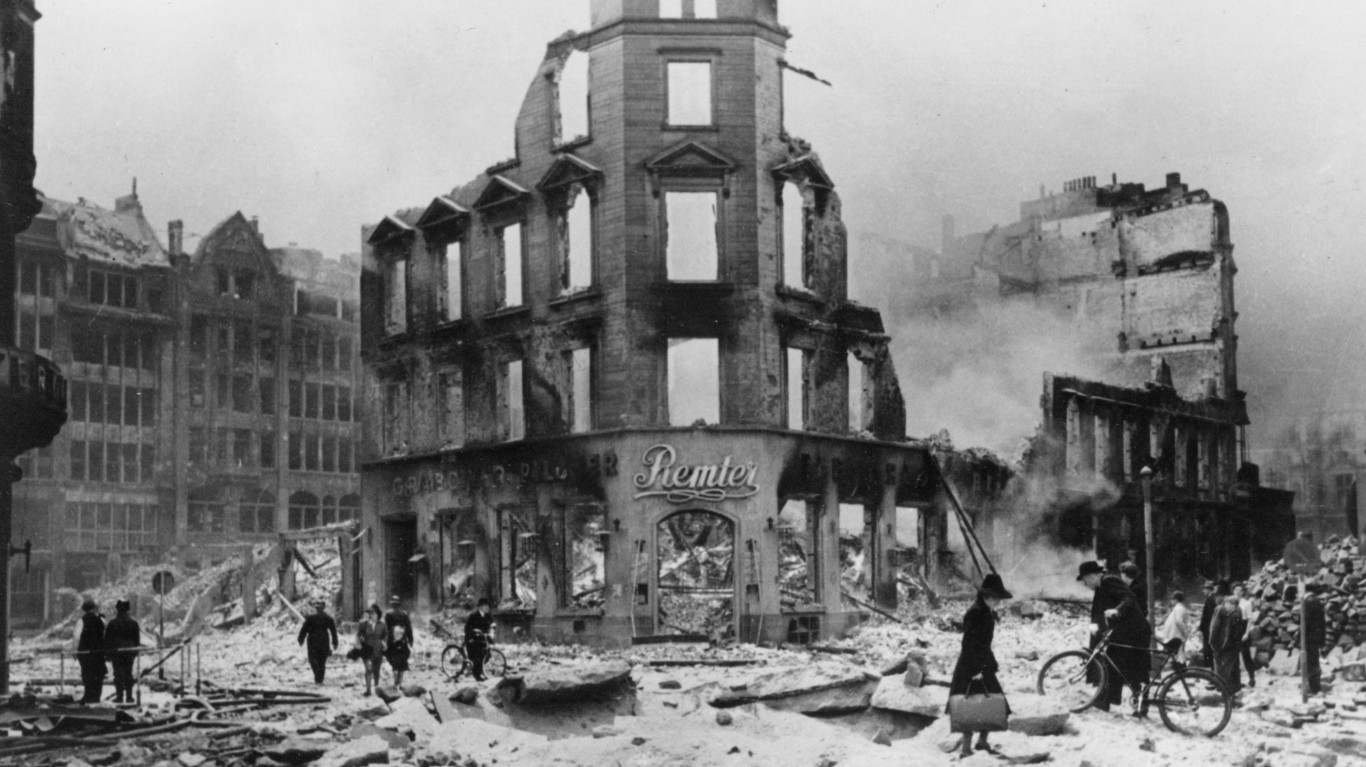
6. July 24-Aug. 3, 1943
> Number of planes involved: 910
> Combatants: Allies and Germany
> Main target: Hamburg
> Result: City turned into a tunnel of fire with winds as high as 150 mph and temperatures reaching 1,472º F; up to 40,000 fatalities and about 125,000 people injured (some estimates are higher), and about a million residents evacuated

5. June 1-2, 1942
> Number of planes involved: 956
> Combatants: Allies and Germany
> Main target: Essen
> Result: Bombing was scattered as aircrews had difficulty finding targets due to haze or low clouds
[in-text-ad]
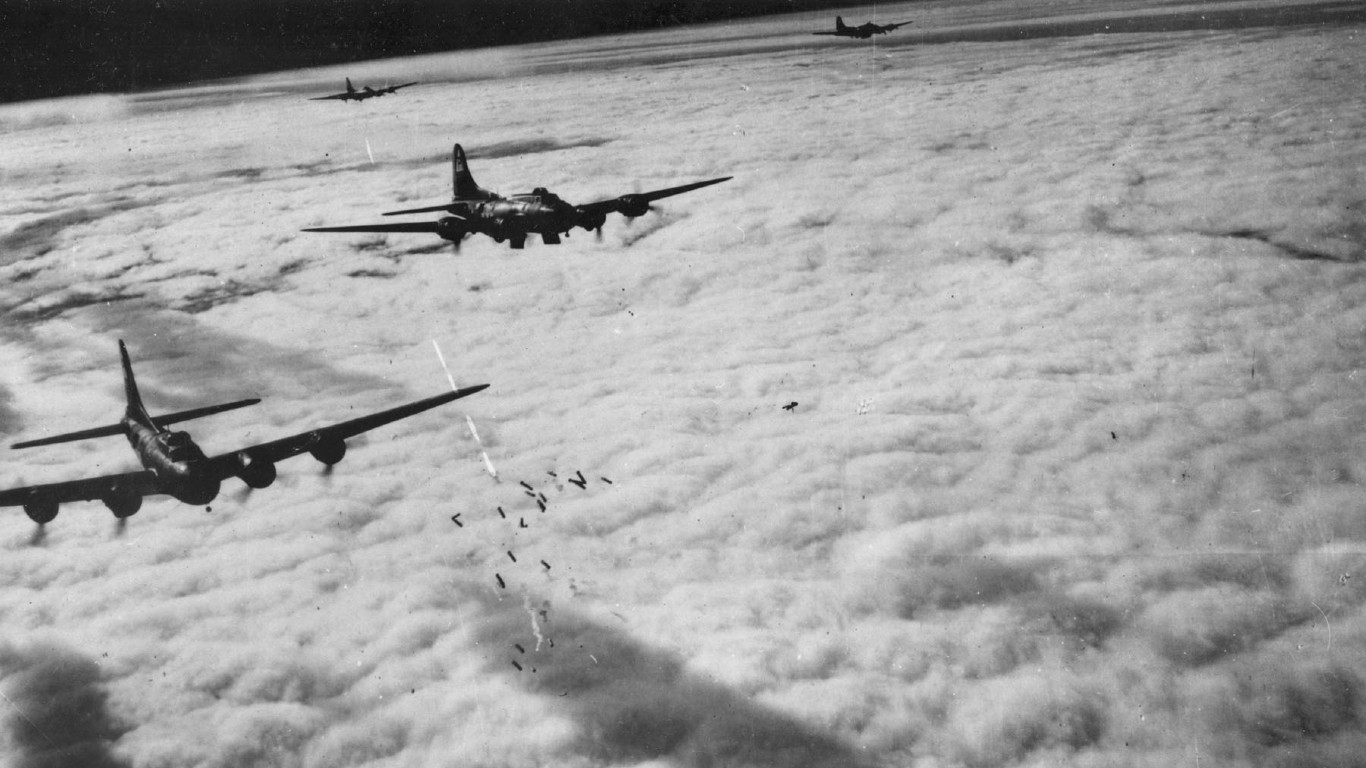
4. June 25-26, 1942
> Number of planes involved: 960
> Combatants: Allies and Germany
> Main target: Bremen
> Result: Minor damage because of cloud cover; 5% of aircraft lost, a new record
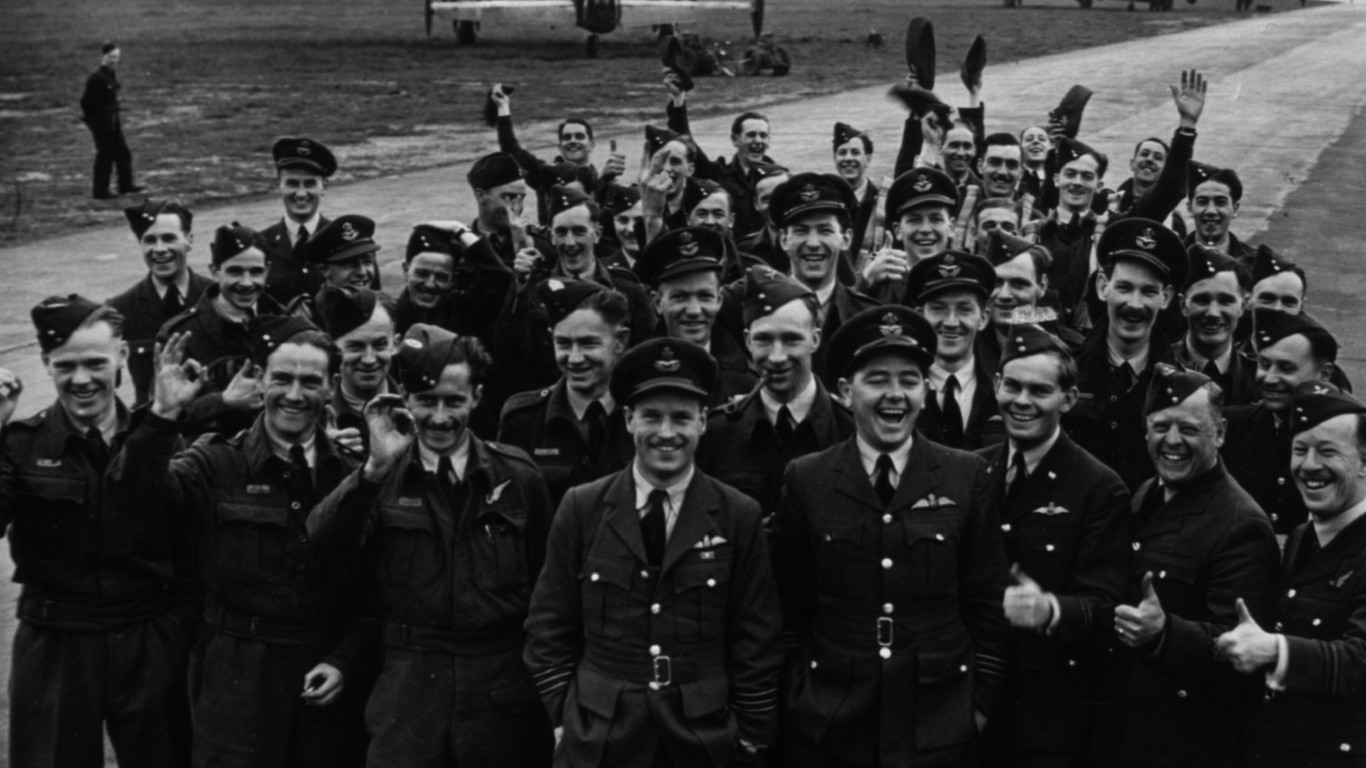
3. May 30-31, 1942
> Number of planes involved: 1,047
> Combatants: Allies and Germany
> Main target: Cologne
> Result: 36 large firms suffered complete loss of production, 70 suffered 50-80% loss, and 222 up to 50%
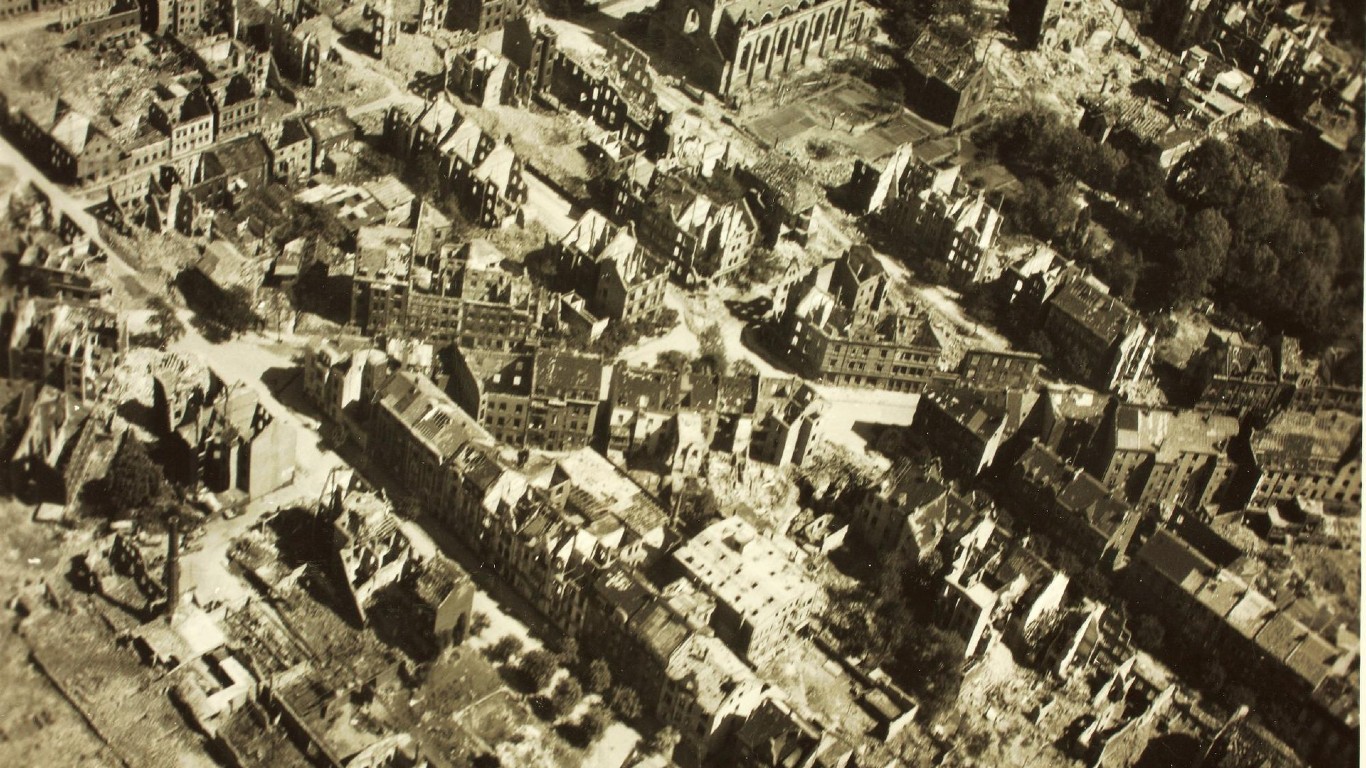
2. March 12, 1945
> Number of planes involved: 1,108
> Combatants: Allies and Germany
> Main target: Dortmund
> Result: Up to 98% of buildings in the city center destroyed in the war’s heaviest raid on a single target
[in-text-ad-2]
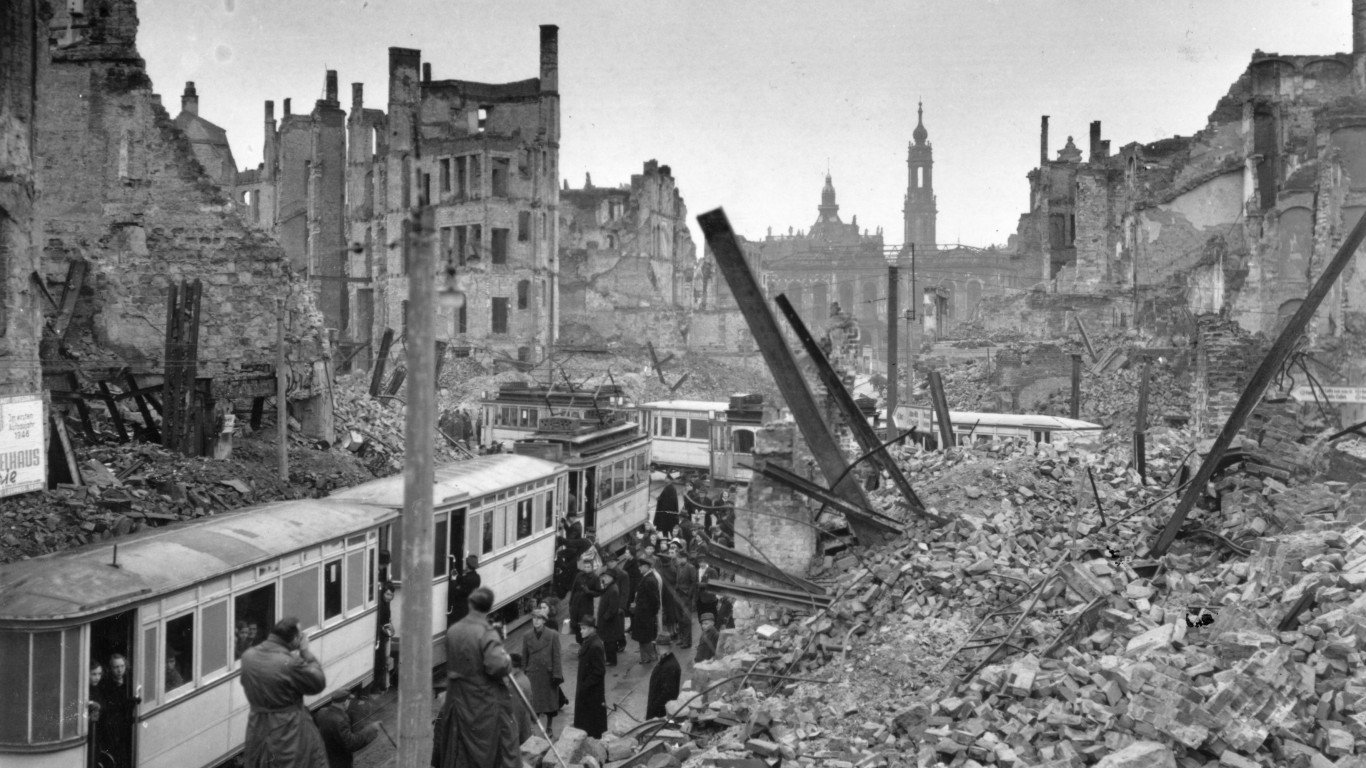
1. Feb. 8-19, 1945
> Number of planes involved: 20,000
> Combatants: Allies and Germany
> Main targets: 200 German locations
> Result: Dresden destroyed and extensive damage elsewhere in the largest extended bombing campaign of European war
Cash Back Credit Cards Have Never Been This Good
Credit card companies are at war, handing out free rewards and benefits to win the best customers. A good cash back card can be worth thousands of dollars a year in free money, not to mention other perks like travel, insurance, and access to fancy lounges. See our top picks for the best credit cards today. You won’t want to miss some of these offers.
Flywheel Publishing has partnered with CardRatings for our coverage of credit card products. Flywheel Publishing and CardRatings may receive a commission from card issuers.
Thank you for reading! Have some feedback for us?
Contact the 24/7 Wall St. editorial team.
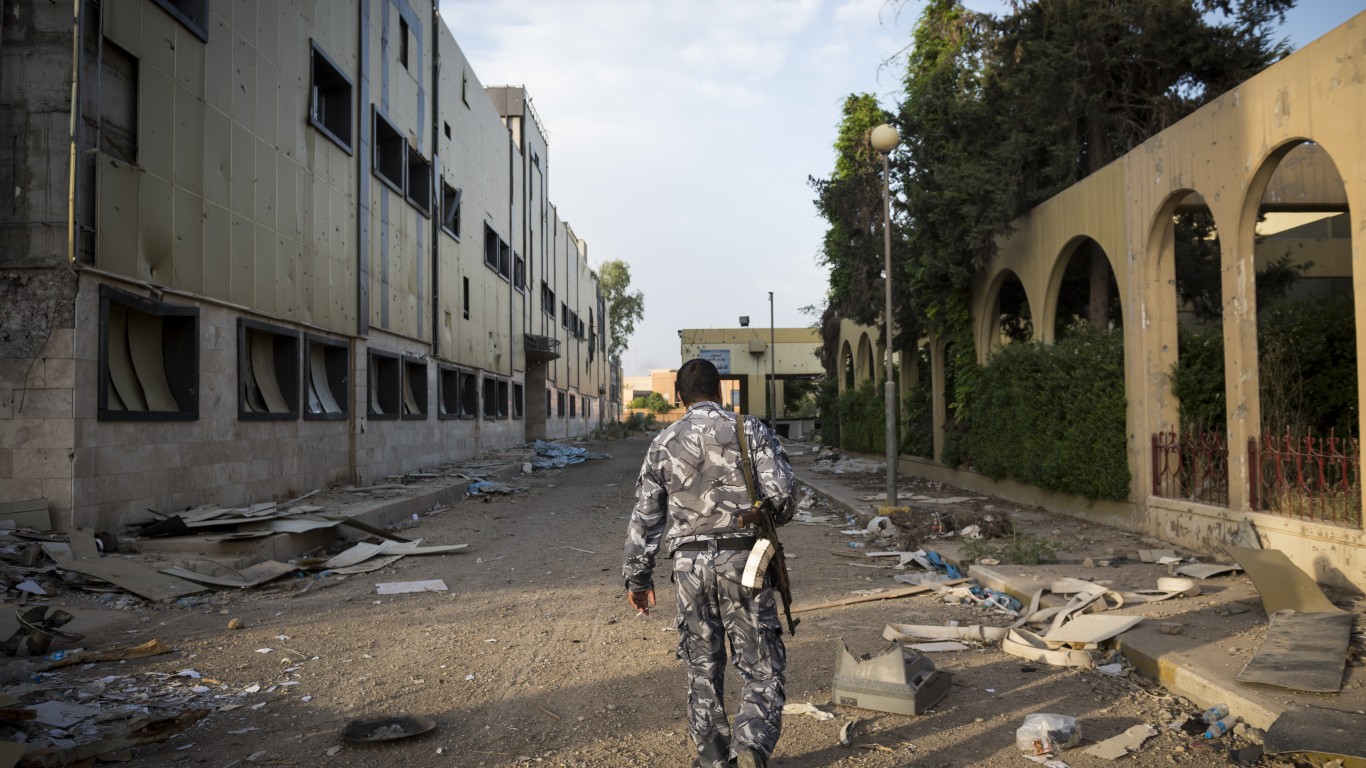 24/7 Wall St.
24/7 Wall St.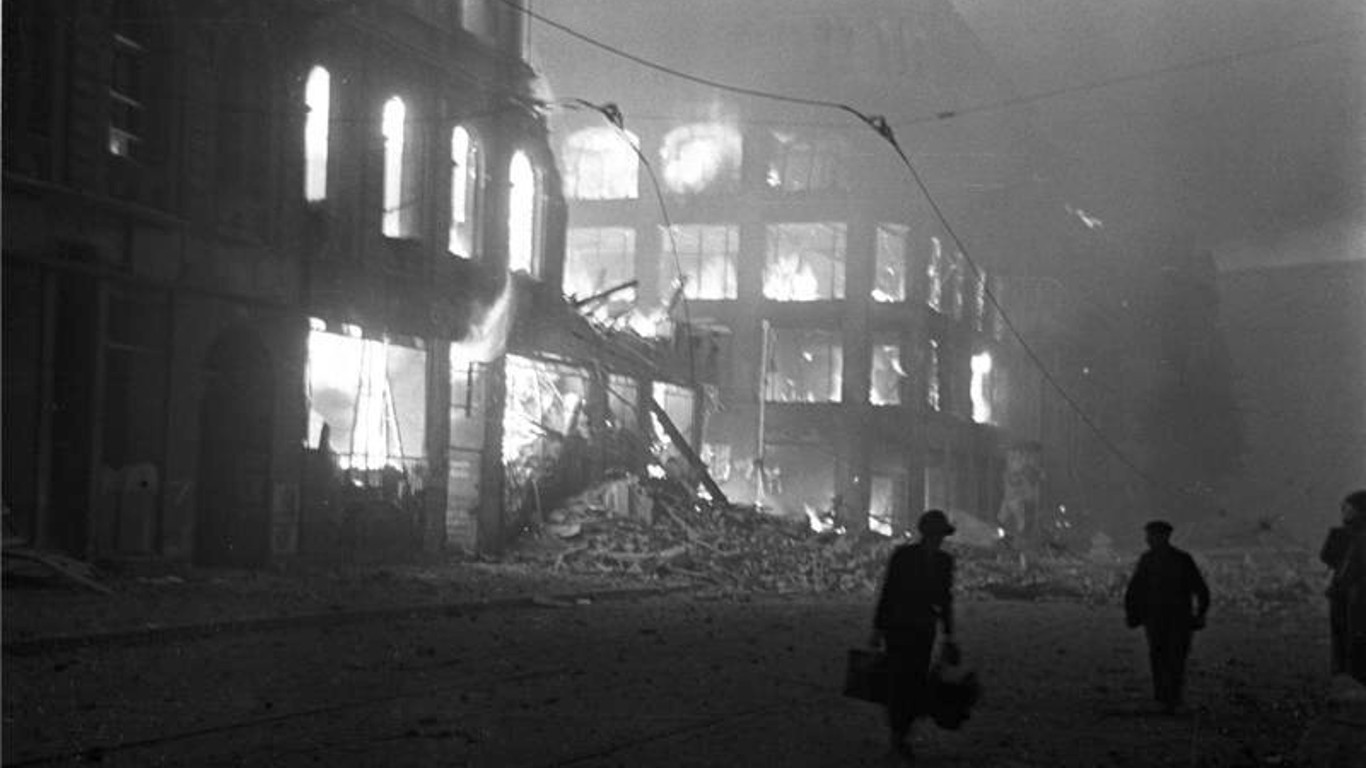
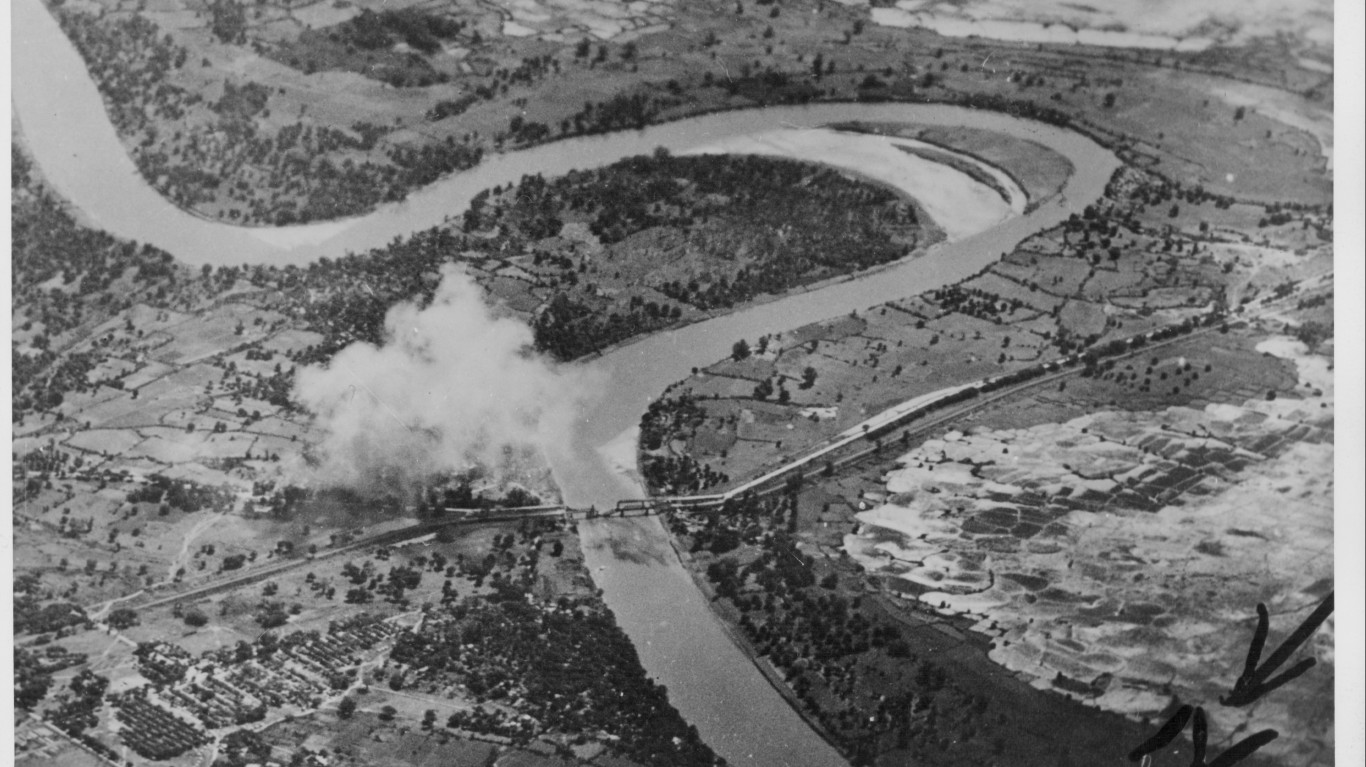 24/7 Wall St.
24/7 Wall St.